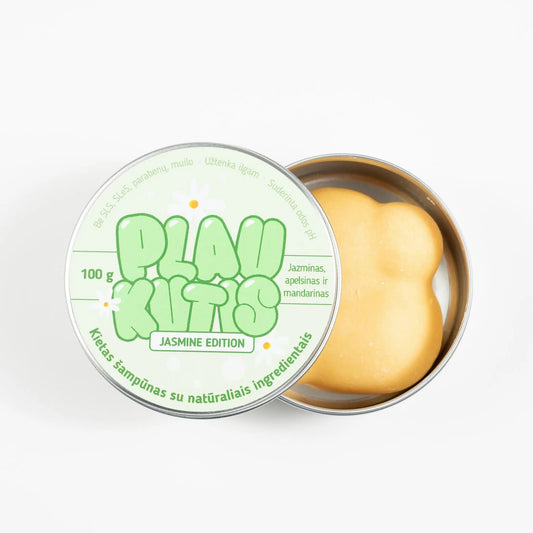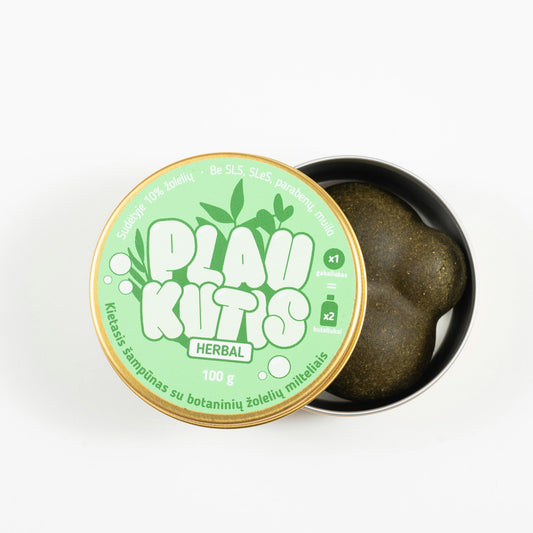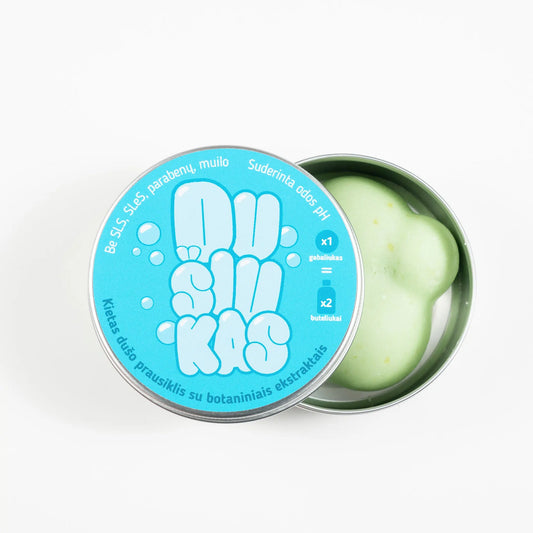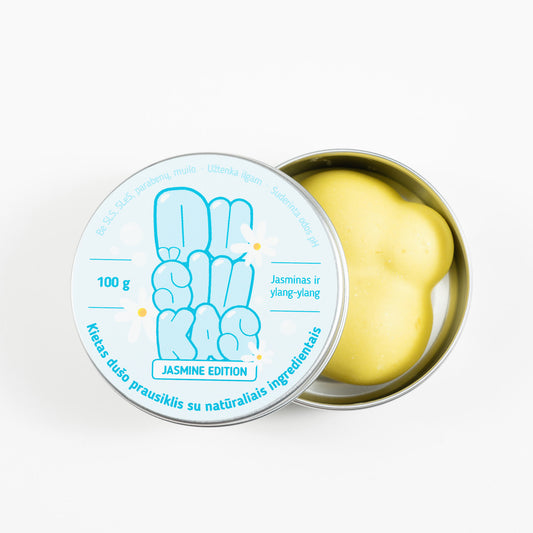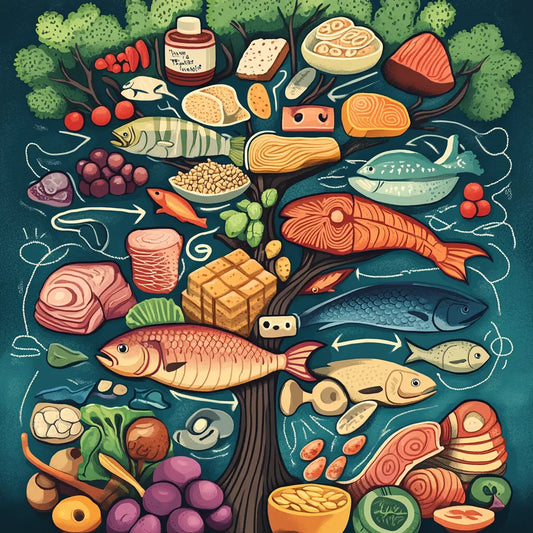Sustainability has become a major driver for the beauty industry, with more and more consumers looking for eco-friendly alternatives to conventional products. One of the most important trends in hair care is dry hair care. These innovations allow for reduced water consumption, reduced packaging waste and promoted a sustainable lifestyle. According to the International Water Management Institute , if more consumers chose water-free beauty products, the personal care industry could save up to 1.7 billion liters of water annually. This market is projected to grow by 12.3% annually, in order to reduce water consumption and plastic waste.

In this article, we will explore how the latest technologies are changing dry hair care, the environmental impact of these products, and how sustainability is shaping the future of the beauty industry. Consumers from all walks of life are looking for convenient and eco-friendly solutions, making dry hair care a revolution.
Dry hair care technologies
New technologies are opening up many possibilities in dry hair care. Let's take a look at the most advanced innovations that are changing the field.
Enzyme-based dry shampoos
One of the most exciting innovations is enzyme-based shampoos. These products use natural enzymes, such as lipase and protease, to help break down oil, dirt, and product residue on the scalp. Unlike traditional surfactants that require water, enzymes work on their own, deeply cleansing without stripping essential oils. A Cosmetics Europe study found that enzyme-based products reduced scalp oiliness by up to 48% after just one use, making them particularly effective for oily hair.
Another benefit of enzyme-based products is a lower risk of scalp irritation. A 2021 study published in the Journal of Cosmetic Science found that participants who used enzyme-based shampoos experienced 30% less scalp irritation than those who used sulfate-based shampoos.

Powder-to-foam technology
Powder-to-mousse technology is becoming a practical and sustainable hair care solution. These products start as a lightweight powder that transforms into a foam when rubbed between the hands. It is a perfectly balanced alternative between dry shampoos and regular shampoos. L'Oréal's research team found that powder-to-mousse reduces the weight of the packaging by 70% , which significantly reduces carbon emissions during transportation.
In terms of effectiveness, powder-to-mousse products also perform well at cleansing hair. A 2020 study by the Environmental Impact Institute found that participants using powder-to-mousse shampoos reported a 20% increase in hair volume compared to traditional liquid shampoos.
Concentrated hair care tablets
Concentrated hair care tablets are another innovation aimed at reducing waste. These tablets dissolve in a small amount of water, turning it into a liquid shampoo or conditioner. According to Euromonitor International , hair care tablets reduce water use in production by up to 50% and create 60% less plastic waste compared to traditional bottled products.
Additionally, tablets are easy to transport, which significantly reduces carbon emissions. The Global Beauty Council estimates that if just 20% of the population switched to concentrated tablets, the industry could reduce 150,000 tons of plastic waste annually.
Environmental benefits: reducing water consumption and waste
One of the biggest benefits of dry hair care is the ability to reduce water consumption and packaging waste, contributing to global efforts to reduce environmental impact.

Saving water in hair care
Traditional hair care products are mostly water-based, with water making up 80-95% of their volume. In contrast, dry hair care uses minimal amounts of water. According to the United Nations , about 40% of the world's population suffers from water scarcity. By using water-free products, consumers can make a significant contribution to water conservation efforts.
A 2021 report by the World Resources Institute states that replacing water-based shampoos with water-free alternatives could save 100 billion liters of water annually, significantly reducing the beauty industry's water footprint.

Reducing plastic waste and carbon dioxide
In addition to saving water, dry hair care can significantly reduce plastic packaging waste. Traditional liquid shampoos are often sold in large plastic containers that are often not recycled. According to the Ellen MacArthur Foundation , 91% of plastic is not recycled, and most of it ends up in landfills or oceans. Replacing traditional bottles with powders, foams, or concentrated tablets significantly reduces plastic use.
For example, using concentrated hair care tablets can reduce plastic waste by 60-80% . In addition, water-free products are generally lighter and more compact, which reduces carbon emissions during transportation. A study by the Green Logistics Consortium showed that using water-free products results in 20% less fuel and carbon dioxide consumption during transportation.
Challenges and opportunities for the future
Despite its many benefits, dry hair care still faces certain challenges that must be overcome for its wider adoption.

Challenges: price and consumer awareness
One of the main barriers to the adoption of waterless products is cost. Waterless technologies often require more expensive ingredients and advanced manufacturing processes, making the final products more expensive. A Mintel report shows that 50% of consumers cite price as the main reason they don’t purchase eco-friendly or waterless hair care products.
Another challenge is the lack of information. While waterless hair care is becoming increasingly popular, 40% of consumers are still unaware of its benefits, according to a 2022 survey conducted by GlobalData . Brands will need to invest in educational campaigns to inform consumers about the benefits of waterless products.

Opportunities for innovation
Despite the challenges, the future of waterless hair care is full of innovation opportunities. For example, 3D printing technology could allow for the creation of customized waterless hair care products. In addition, advances in biotechnology could lead to even more effective enzyme-based products and bio-based packaging that will further reduce environmental impact.
There are also opportunities for brands to create multi-purpose products that replace individual shampoos, conditioners, and treatments, further reducing the environmental impact of hair care routines.
Myth busting and interesting facts
- Myth : Waterless products are not as effective as traditional shampoos.
Fact : Enzyme-based waterless shampoos reduce scalp oiliness by up to 48% after one use – more effective than most traditional shampoos. - Fun fact : Switching to water-free beauty products could save up to 100 billion liters of water annually, reducing the personal care industry's water consumption.
- Myth : Waterless hair care is only suitable for emergencies or travel.
Fact : Waterless hair care is becoming a daily routine – 25% of beauty consumers are already incorporating waterless products into their daily routine. - Fun fact : Powder-to-mousse formulas are 70% lighter than liquid shampoos, reducing carbon emissions during transportation by up to 20% .
- Myth : Waterless products always cause plaque.
Fact : Plaque can be prevented by using waterless products properly and alternating them with traditional shampoos.

Practical tips for using dry hair care products
Here are some ways to incorporate dry hair care products into your hair care routine:
- Start with dry shampoos : Gradually replace a few traditional washes with dry shampoos, especially if your hair is oily.
- Choose products based on your hair type : Enzyme-based shampoos are great for oily hair, while powder-to-mousse products are ideal for adding volume to fine hair.
- Change products : To prevent plaque buildup, use a traditional shampoo every few washes to deeply cleanse your scalp.
- Travel-friendly : Use water-free products while traveling or outdoors when access to water is limited.
- Check the packaging : Choose products packaged in eco-friendly, recyclable, or biodegradable materials.

FAQ
Q: Are dry hair care products suitable for all hair types?
A: Yes, there are dry hair care products for all hair types. Some are specifically designed for oily hair, while others are great for dry or curly hair.
Q: Can I completely replace traditional shampoo with waterless products?
A: It depends on your hair type and lifestyle. Many people have success switching from traditional and waterless products to maintain a healthy scalp.
Q: Do dry hair care products cause dandruff on the scalp?
A: When used properly, dry hair care products should not cause any build-up. To avoid problems, alternate them with traditional shampoos every few washes.
Q: How do dry hair care products help the environment?
A: They help save large amounts of water and reduce the need for plastic packaging, making it a more sustainable hair care solution.
Q: Are dry hair care products expensive?
A: They may be more expensive due to advanced formulations, but prices are likely to decrease as the technology becomes more widely adopted.

Conclusions: The Future of Dry Hair Care
Dry hair care is a significant step towards greener and more sustainable beauty routines. Emerging technologies such as enzyme-based shampoos, powder-to-mousse formulas and concentrated tablets offer the potential to transform hair care practices. These products not only help save water, but also reduce plastic waste and carbon emissions during transportation.
As consumer awareness grows and innovation continues, it is likely that dry hair care products will become a common part of daily routines.
